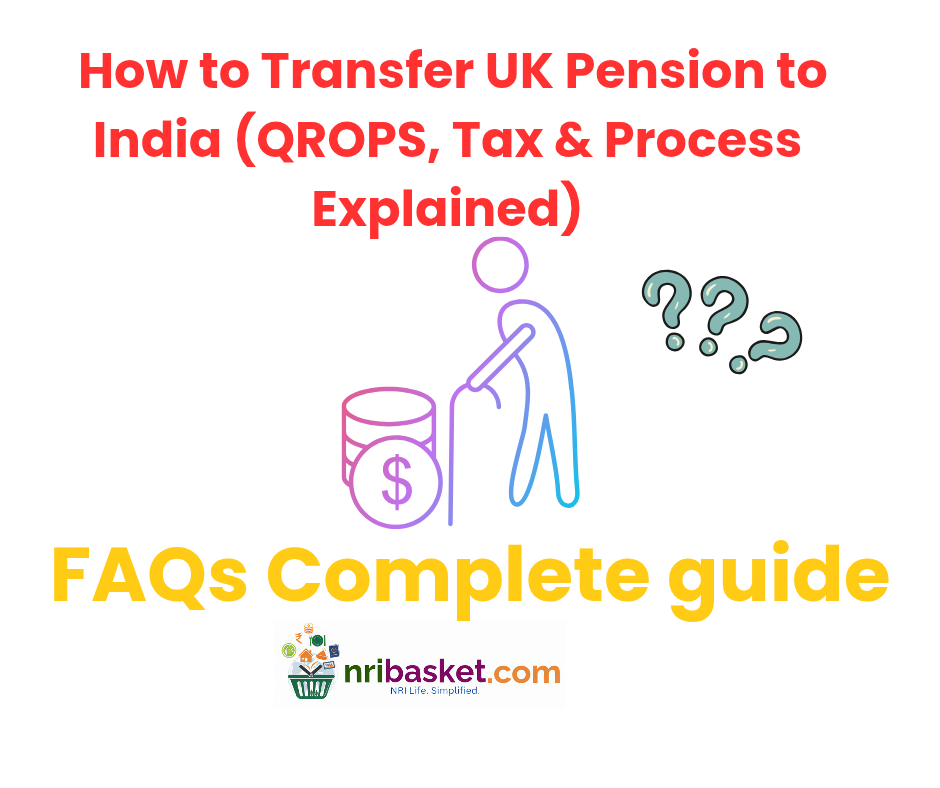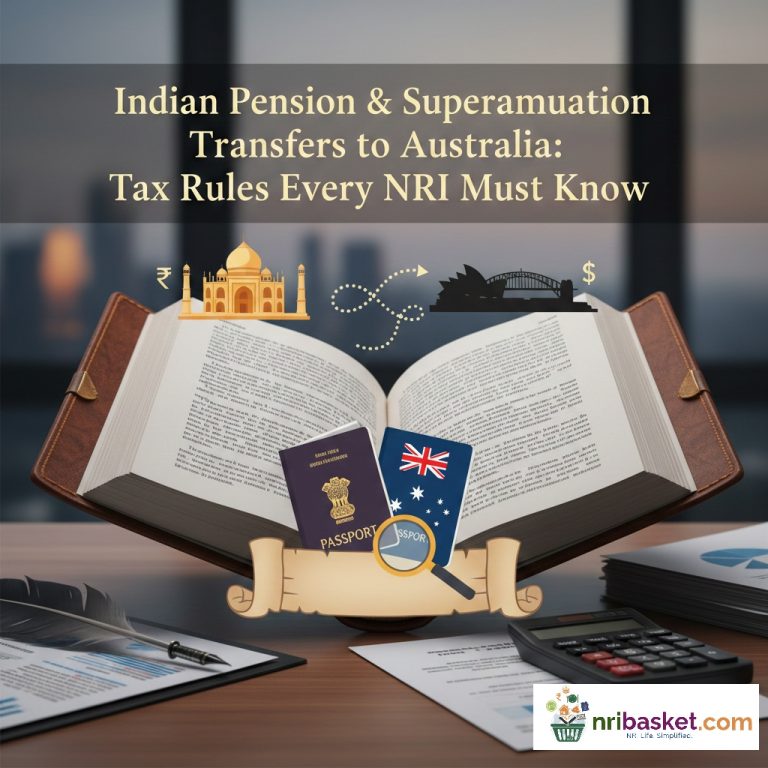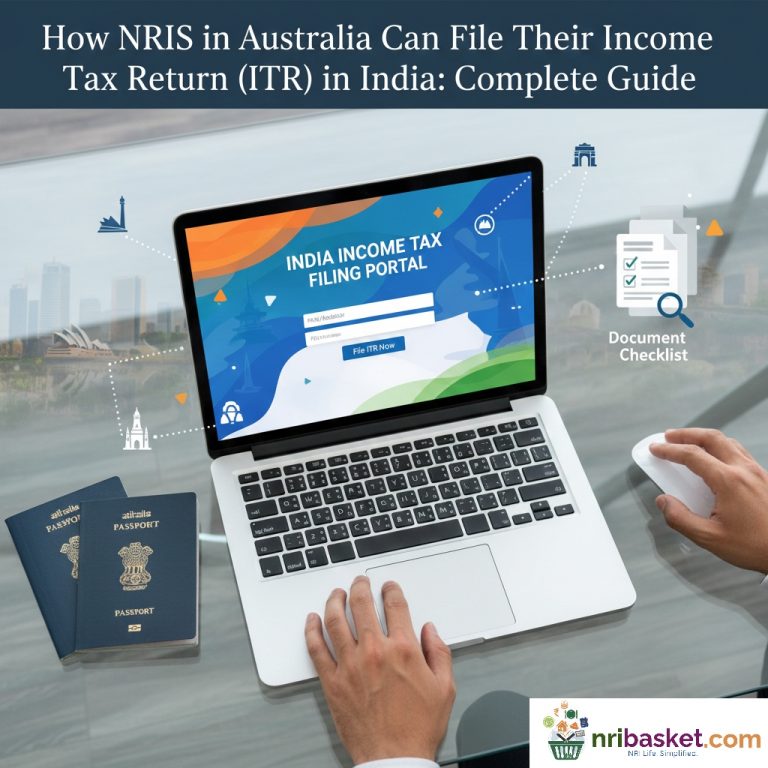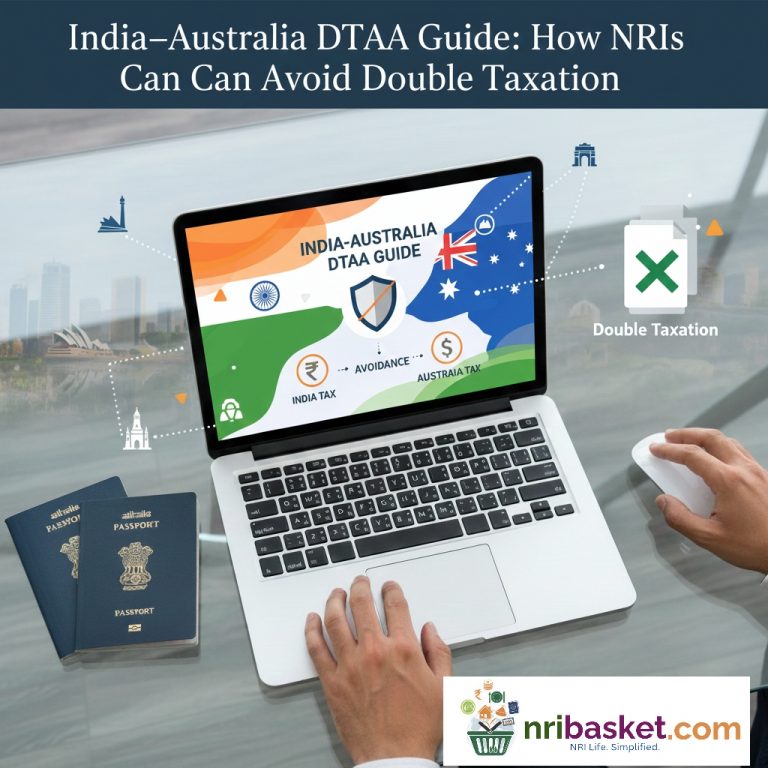
Pension yransfer uk to india Nri Uk
Leaving the UK? Your Pension Options Explained (for NRIs)
If you’re moving from the UK to India for good, you typically have three broad choices for your UK private/workplace pensions: keep them in the UK and draw down later, consolidate into a UK SIPP, or transfer to a recognised overseas scheme (QROPS/ROPS) if suitable. A direct transfer into an ordinary Indian bank or non-QROPS pension isn’t permitted. Tax, fees, currency and timing matter—so read the FAQs below for a practical, plain-English path forward.
Disclaimer: This is general information for education only. Rules change and your situation is unique—always get FCA-authorised UK advice and Indian tax advice before acting.
Long Answer: UK pension pots cannot be “transferred” as cash to a bank account. A UK-to-overseas transfer normally must go to a Recognised Overseas Pension Scheme (ROPS/QROPS). Regular withdrawals can be paid to your Indian account after you start benefits, but that’s not a transfer—it’s income paid out of a UK scheme.
Long Answer: Transferring to a scheme not on (or that doesn’t meet) HMRC’s rules can trigger heavy UK tax charges. Always verify the destination scheme appears on the current HMRC ROPS list at the time of transfer.
Long Answer: Some Indian insurers/annuities have at times been listed; others have been delisted. You must check the current HMRC ROPS list on the date you plan to transfer. If no suitable India-based ROPS is available, some people consider ROPS in other jurisdictions (e.g., Malta) after advice.
Long Answer: If you keep funds in the UK, you might consolidate into a UK SIPP for flexibility and cleaner admin. If transferring overseas, you set up the destination ROPS (via a provider/adviser) and your UK scheme transfers directly to that scheme—not to a personal account.
Long Answer: You can keep your pension in the UK and take withdrawals (e.g., drawdown or annuity) paid into your Indian bank account. Consider charges, FX costs, tax treatment in India, and paperwork (e.g., DTAA relief or certificate of residence) to avoid double taxation.
Long Answer: Steps typically include: (1) obtain regulated advice if required (especially for defined benefit/ safeguarded benefits), (2) open the destination ROPS, (3) complete transfer forms and provide ID/KYC, (4) your UK scheme runs due diligence and sends funds, (5) monitor timeline and exit fees/market timing.
Long Answer: Transferring DB pensions out of the UK is complex and often requires FCA-authorised advice above certain values. You’d be giving up guaranteed income and other protections. Many advisers recommend leaving DB schemes in place unless there’s a compelling, modelled reason to transfer.
Long Answer: If you’re Indian tax-resident, India may tax your pension income. DTAA relief can prevent double taxation. India’s Section 89A can defer Indian tax on certain foreign retirement accounts until withdrawal. Seek Indian CA advice and ensure correct residency status each year.
Long Answer: Depending on coding and paperwork, UK providers may deduct PAYE initially. You can apply for a “NT” (no tax) code or reclaim via HMRC if the DTAA assigns taxing rights to India. Paperwork and timing vary by provider.
Long Answer: You’ll claim it internationally and receive payments overseas. Whether it increases annually depends on reciprocal arrangements; check official guidance. Keep your NI record up to date and register contact/bank details for overseas payment.
Long Answer: Transfers are irreversible and can be tax-sensitive. You can leave pensions in the UK, update your address/residency with the provider, and sort structure/tax planning calmly from India with proper advice.
Long Answer: Collect scheme statements, policy numbers, latest valuations, beneficiary nominations, scheme contact details, proof of address/ID, and any adviser reports. Note any exit fees or guarantees. Update email/phone and overseas correspondence address.
Long Answer: Timing depends on the UK scheme’s checks (anti-scam, advice confirmation for DB, valuation cycles) and the destination scheme’s onboarding/KYC. Market timing and FX also affect when units are sold/bought.
Long Answer: Costs may include UK scheme exit fees, adviser fees (UK & overseas), destination scheme setup/admin, platform and fund OCFs, annual custody, and currency conversion spreads. Always request a written fees schedule before agreeing.
Long Answer: Your retirement cash flows will be in INR, while UK pensions are in GBP unless you transfer and invest differently. Consider staged conversion, INR-aligned assets, or hedging based on your time horizon and risk tolerance.
Long Answer: Consolidating into a low-cost UK SIPP can simplify admin and reduce transfer friction. However, don’t lose valuable guarantees/bonuses/DB rights. Get an expert to compare terms first.
Long Answer: Many receive UK pension income into an NRE/NRO account in India. NRE is repatriable and tax-exempt on interest (subject to rules); NRO handles local income with TDS. Speak to your bank about documentation and FX rates.
Long Answer: With a valid Indian tax residency certificate and correct forms, you may get UK tax reduced/removed at source, and then pay tax in India if applicable. Keep records to evidence treaty claims during assessments.
Long Answer: For returning NRIs with qualifying foreign retirement accounts, Section 89A aligns the tax year of charge with the year of actual withdrawal, easing timing mismatches. Confirm eligibility with a tax professional.
Long Answer: Transfers to non-qualifying schemes can trigger UK tax charges. Even with a ROPS, extra taxes may apply depending on residency, location of the ROPS, and allowances. That’s why checking the scheme status and getting advice is critical.
Long Answer: Your UK private/workplace pensions continue to be invested according to your chosen funds. You can switch funds online with most providers. The UK State Pension uprating rules abroad are different—check your country’s status.
Long Answer: Red flags include pressure to rush, guaranteed high returns, unregulated introducers, or unfamiliar jurisdictions. Contact your UK provider directly, verify adviser FCA number, and cross-check the ROPS list on gov.uk before signing anything.
Long Answer: Keeping a UK SIPP or using a widely-accepted ROPS jurisdiction may provide more global portability. Model different residency/tax scenarios before committing to an irreversible transfer.
Short Answer: Inventory, verify, plan, then act.
Long Answer:
Have a question or want us to add your scenario?
Tell us what you need — we’ll update this guide and answer publicly so other NRIs can benefit. Your question may be featured in the next update.
- List all UK pensions (provider, type, current value, fees, guarantees).
- Decide: leave in UK (possibly consolidate to SIPP) or explore QROPS.
- If QROPS: check the current HMRC ROPS list for India or other jurisdictions.
- Book calls with an FCA-authorised UK pension adviser and an Indian CA.
- Update your contact address/email to India with providers.
- Open/confirm NRE/NRO accounts and ask about receiving foreign pension payments.
- Prepare KYC, statements, beneficiary nominations, and power of attorney if needed.
- Document an FX plan (lump sum vs. phased) and fee comparisons.




